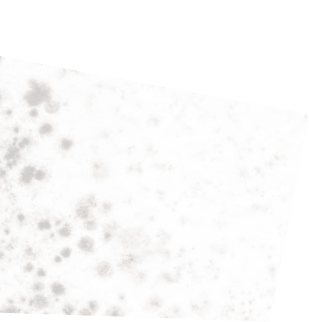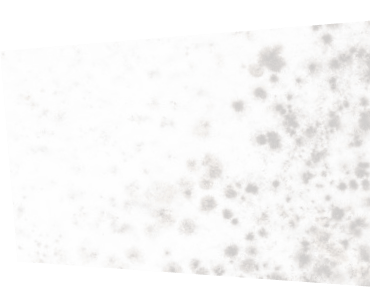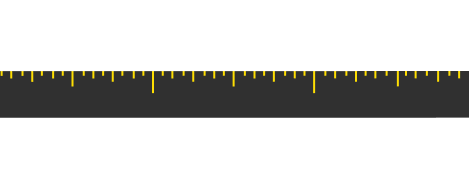If you’re concerned about household mold, you’ll find this to be a very user-friendly mold inspection checklist. It’s easy to understand and quite relatable – it will give you a good sense of how professional mold inspections are preformed and how thoroughly they would be checking for mold.
Clearly, this mold inspection checklist provides basic guidelines – if you’re doing any checking, then caution is recommended. Disturbing a mold infestation (like peeling off wallpaper) can easily release mold spores into the air and create bigger problems than you started with.
Inspecting the exterior and interior of a home requires expertise
Anything beyond a cursory visual assessment should be left to a professional. Experts in mold inspection and remediation follow their own proven mold inspection checklist. They know where to look and they have the necessary tools and diagnostic equipment to find “hidden” mold.
ROOF LEAKS
Industry experts consider the roof and attic area as a major culprit when it comes to potential mold growth. Sometimes overlooked, a mold inspection should include checking for missing or damaged shingles, and any sign of water penetration into the home. Mold thrives in the attic.
EXTERIOR GRADING
The ground around the home (grading) should slope away from the concrete foundation. This ensures good drainage and prevents water from intruding into the foundation. Gutters and downspouts should also be directed away from the home. Water provides a home for mold.
VISIBLE CRACKS
A comprehensive inspection of the home exterior will check for any cracks or crevices in the home’s foundation. As these entryways into the home could easily allow water to flow, they are also ideal environments for mold to grow. Water intrusion can quickly lead to interior issues.
HANGING TREES
Residential trees have extensive root systems under the ground. This presents the potential for damaging exterior drainpipes that can back up and cause a host of problems within the sewer system. Here again, the dark, moist drain environment is ideal for mold to grow and flourish.
WATER DAMAGE
A proper mold inspection in Toronto will check for general water damage around the home – this would include the exterior siding, brickwork, and any paint coverings. Signs of water damage appear as peeling, bubbling, or even dislodging of bricks. Longer-term water damage may be beneath the surface.
CEILING STAINS
One of the key items on a mold inspection checklist is to check for patches of paint discoloration or staining. Typically, these are found on the ceiling in the bathroom or laundry room. In more serious cases, mold stains may appear on the ceiling as a result of damage in the space above.
MUSTY SMELLS
One of the telltale signs of mold is a musty smell. This is also a signal for homeowners to further inspect the source and cause of the smell. A musty smell (often coming from the basement or attic) is a good indicator of a problem. Mold has a musty, damp, earthy odour (and obvious).
WINDOW FRAMES
Finding mold on window frames is not uncommon. It’s a great environment for mold to grow (moist and warm) and may be perpetuated by poor ventilation. The aim is to prevent the mold from spreading, but it’s also very important to check the outside of the window for infiltration.
BATHROOMS
Because bathrooms are always humid, caulking and grout are usually susceptible to mold. But because mold is tricky, it’s essential to check everywhere in the bathroom – like the plumbing system under the sink, the cabinetry, and especially the exhaust fan (by removing the cover).
CARPETING
Older carpets (made from organic substances) are more prone to mold, particularly in a humid environment. However, old carpet or new, if there has been some water damage, mold can very easily grow and propagate. An inspection should also include all of the baseboards and the drywall.
DRYWALL
Drywall is probably one of the best living environments for mold, and this could include some of the toxic varieties. When waterlogged (or even moist) mold can grow and spread and hide under the drywall. Any discoloration, peeling, or bubbling could be a sign of some bigger problems
ATTIC SPACE
In the attic, mold will thrive because of the air moisture and the warm temperature. If there’s a roof leak or poor ventilation this makes things even worse. Finally, if the attic insulation is wet or even waterlogged, mold will have the perfect opportunity to grow and spread without limit.
KITCHEN CABINETS
In older homes, kitchens have older plumbing and are more vulnerable to leaks. When this is unnoticed, even a slow leak can provide a home for mold. Here, it's important to check under the cabinetry, in the adjacent drywall, under flooring tiles, and around other wood components.
FINISHED BASEMENT
Many finished basements have installed drywall, baseboards, and flooring. Most basements also have high humidity throughout. And finally, the basement is also prone to foundation cracks. As it is, the basement really requires a comprehensive inspection - from the ceiling to walls, to the floor.
HVAC DUCTWORK
Both apartments and homes have heating and cooling systems that provide mold with the right living environment. Winter and summer, HVAC units (regardless of their size) must be properly maintained in order to prevent mold growth. Anything short can set you up for some surprises.
INSULATION AND SUBFLOORS
Look at insulation and subfloors in your attic or crawlspace. This is where most of the moisture enters your home and where we will see mold if present. The photo shows insulation with black mold growing on it.
FURNITURE
We always inspect furniture for signs of water damage and inspect for mold underneath and within the cracks. The photo shows wood furniture with black toxic mold growing underneath.
A professional approach to mold inspection and assessment
Whatever the scope of a mold inspection checklist, nothing can compare with a professional assessment from a qualified inspector. The experts at Inch-by-Inch will complete a thorough and comprehensive inspection of your property from attic to basement. Our people are certified mold professionals who follow the strict standards that are set by IICRC and INTERNACHI. We follow our own in-depth mold inspection checklist and provide reliable reporting for each customer.
If you suspect mold in any part of your home, contact Inch-by-Inch for inspection, removal, and remediation. We use advanced mold testing equipment and we clean with environmentally friendly products. Best of all, after removal and cleanup, we can verify the quality of your air through air sampling. Find out more by calling one of our mold experts at 416-826-7172 (toll-free 1-888-445-0737) or by visiting our website at www.inchbyinchinspections.com
- Learn more about professional mold removal in Mississauga




